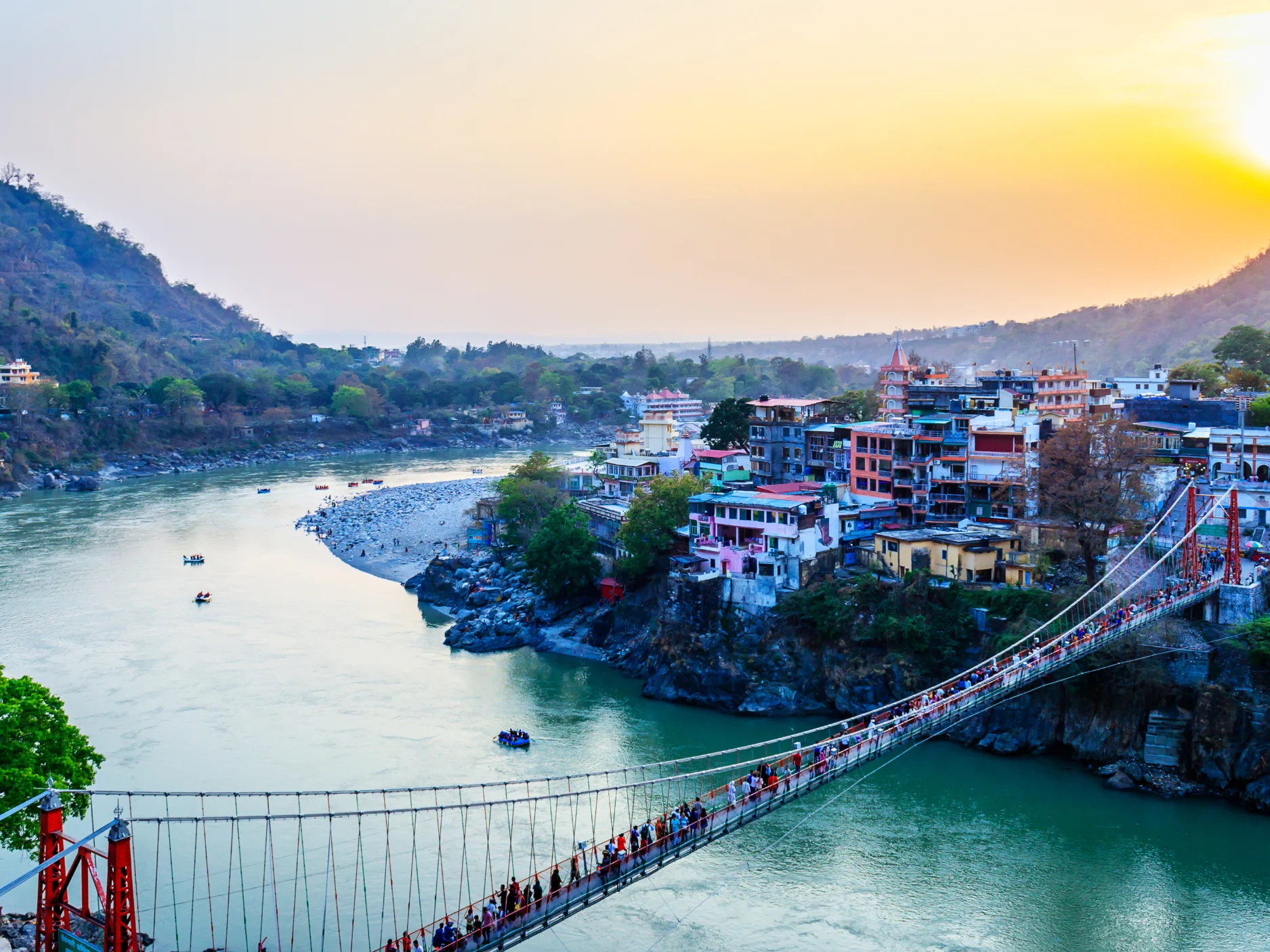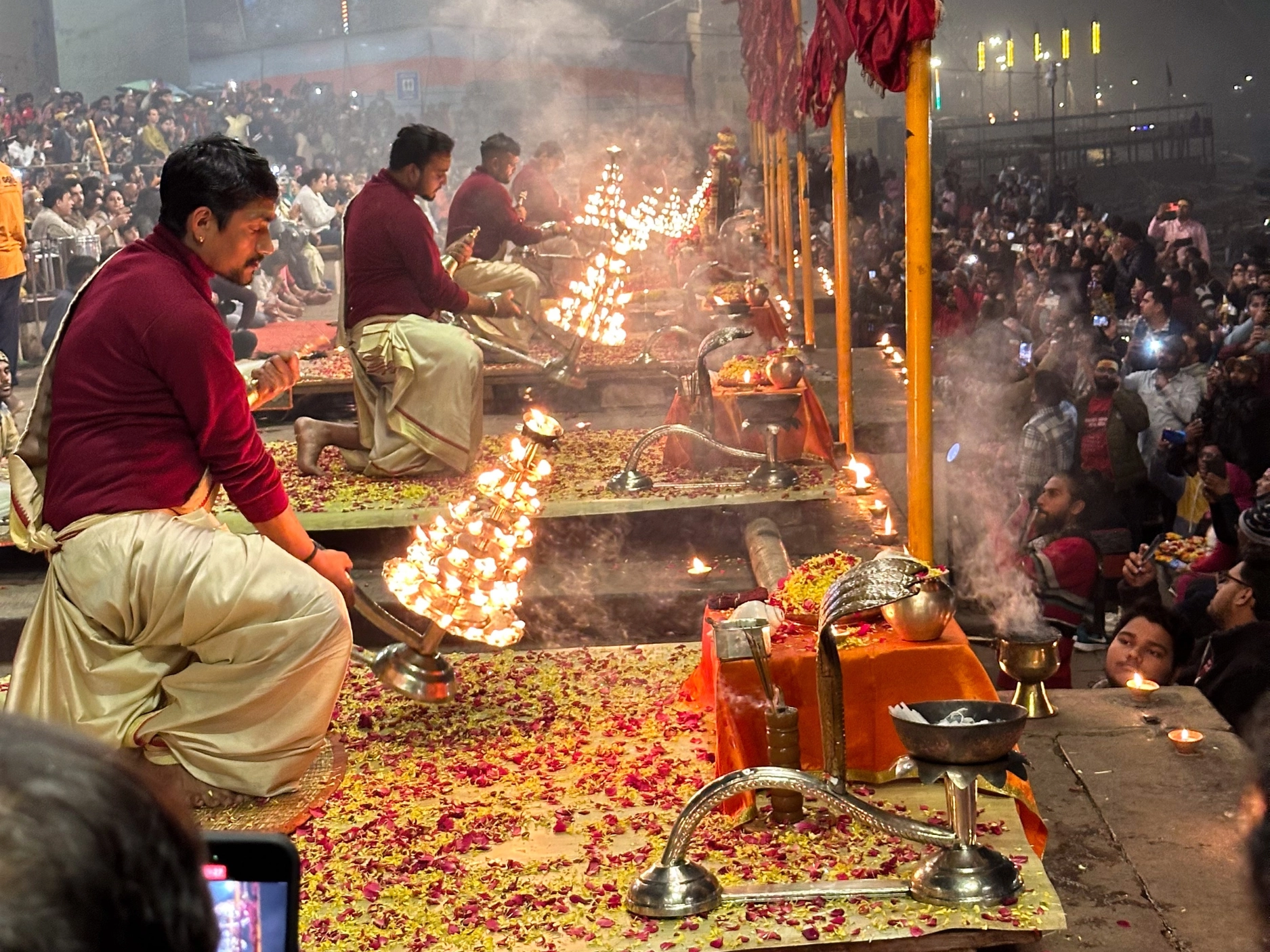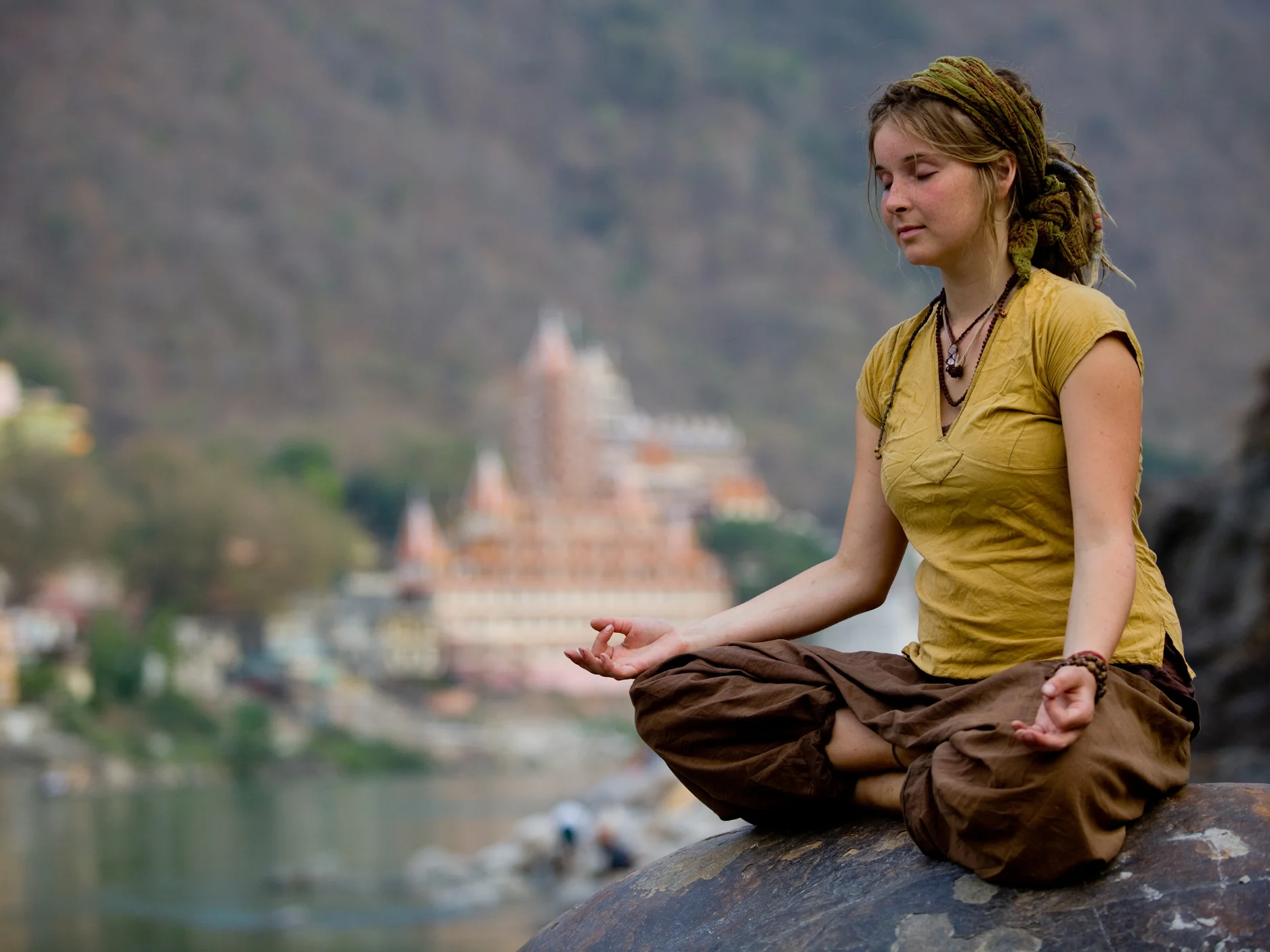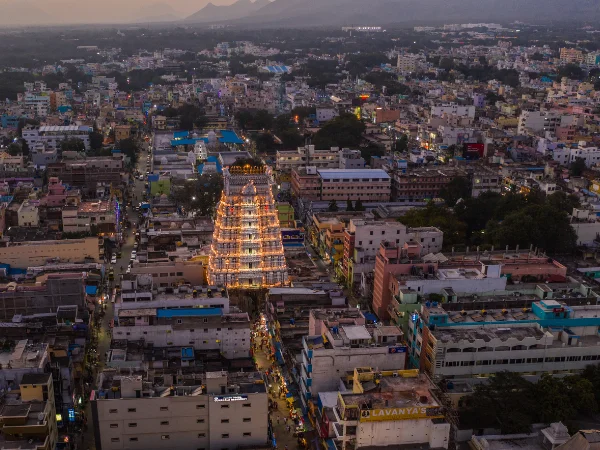Physical Address
304 North Cardinal St.
Dorchester Center, MA 02124
Physical Address
304 North Cardinal St.
Dorchester Center, MA 02124

India has always been a land of deep spirituality, home to some of the most sacred sites and pilgrimage destinations in the world. Whether you’re seeking peace, spiritual growth, or cultural insights, these destinations offer an opportunity to connect with your inner self while exploring India’s rich spiritual heritage.
In this guide, we’ll take you through some of the most revered spiritual destinations in India: Varanasi, Rishikesh, Bodh Gaya, and Tirupati. These sacred sites embody the profound spirituality and cultural heritage of India, offering a unique journey for any traveler seeking peace, enlightenment, and a connection to India’s spiritual essence.

Varanasi, one of the oldest cities in the world, is often referred to as the spiritual capital of India. Located along the banks of the Ganges River, it is a major hub for Hindu pilgrims who come to wash away their sins in the sacred waters. The mesmerizing Ganga Aarti at Dashashwamedh Ghat is a spiritual experience that cannot be missed.
Ganga Aarti at Dashashwamedh Ghat : Witness this mesmerizing evening ritual where priests perform an elaborate aarti ceremony on the banks of the Ganges. It’s a powerful spiritual experience and a must-see in Varanasi.
Kashi Vishwanath Temple : One of the most revered Hindu temples dedicated to Lord Shiva, known for its spiritual significance and beautiful architecture.
Sarnath : Visit the sacred Buddhist site where Buddha delivered his first sermon. The Dhamek Stupa and the archaeological museum are highlights.
Assi Ghat : A peaceful ghat popular for sunrise yoga sessions and evening prayers, offering a calm atmosphere amid Varanasi’s hustle.

Nestled in the Himalayas, Rishikesh is known for its yoga ashrams and serene ambiance, perfect for those seeking peace. With yoga, meditation, and spiritual exploration, it’s a transformative destination.
Parmarth Niketan Ashram : One of the largest ashrams, it offers yoga classes, spiritual teachings, and a famous evening Ganga Aarti along the river.
Laxman Jhula and Ram Jhula : Walk across these iconic suspension bridges that offer stunning views of the river and surrounding mountains.
Beatles Ashram (Maharishi Mahesh Yogi Ashram) : Explore this abandoned ashram where the Beatles meditated and composed music. Now adorned with colorful graffiti, it’s a favorite among visitors.
White-Water Rafting on the Ganges : For adventure seekers, rafting on the Ganges offers an exhilarating way to experience the river.

Bodh Gaya, Bihar, is where Prince Siddhartha achieved enlightenment, becoming Buddha. The Mahabodhi Temple, a UNESCO World Heritage site, is a global Buddhist pilgrimage center.
Mahabodhi Temple : A UNESCO World Heritage site where Buddha attained enlightenment. This serene temple complex is a major pilgrimage spot for Buddhists worldwide.
The Bodhi Tree : Visit the sacred Bodhi Tree under which Buddha meditated, located within the Mahabodhi Temple complex.
Great Buddha Statue : This 80-foot-tall statue of Buddha is a striking landmark and surrounded by smaller statues, symbolizing Buddha’s teachings.
Various International Monasteries : Discover monasteries built by Buddhist communities from around the world, showcasing diverse architectural styles.

One of the most visited pilgrimage sites, Tirupati houses the renowned Sri Venkateswara Temple. Devotees come to seek blessings from Lord Venkateswara, an avatar of Vishnu, in this spiritually vibrant setting.
Sri Venkateswara Temple : One of the most visited temples globally, dedicated to Lord Venkateswara. Pilgrims come from all over to seek blessings and participate in temple rituals.
Akasa Ganga Waterfalls : A natural waterfall located near the temple that provides a scenic spot for pilgrims and visitors to enjoy nature.
Papavinasam Teertham : Another waterfall known for its sacred waters believed to wash away sins, offering a serene spot for reflection.
Silathoranam : A natural rock formation shaped like an arch, believed to be of spiritual significance and a unique geological wonder.
India offers a range of sacred sites, with some of the most popular being Varanasi (Ganga Ghats and Kashi Vishwanath Temple), Rishikesh (known as the “Yoga Capital of the World”), Bodh Gaya (Mahabodhi Temple), and Tirupati (Tirumala Venkateswara Temple).
For Varanasi and Bodh Gaya, the cooler months from October to March are ideal. Rishikesh is best during February to May and September to November. For Tirupati, winter months (November to February) are most comfortable for visitors.
Yes, each of these places has its own traditions. Dress conservatively, remove shoes before entering temple premises, and avoid loud or disruptive behavior. Some temples may have additional rules, like restricting entry to non-Hindus or requiring specific attire.
Absolutely! Many of these places celebrate vibrant religious festivals. For example, the Ganga Aarti in Varanasi, International Yoga Festival in Rishikesh, Buddha Jayanti in Bodh Gaya, and Brahmotsavam in Tirupati are celebrated with grandeur and draw pilgrims from around the world.
You’ll find a range of accommodations, from budget-friendly guesthouses to luxury hotels. Some sites, like Rishikesh, also offer ashrams and spiritual retreats with lodging options.
Yes, hiring a local guide is highly recommended to gain a deeper understanding of the cultural and spiritual significance of these sites. Many guides offer specific knowledge about temple rituals, history, and spiritual practices.